WEEK 5
CONCEPT MAP
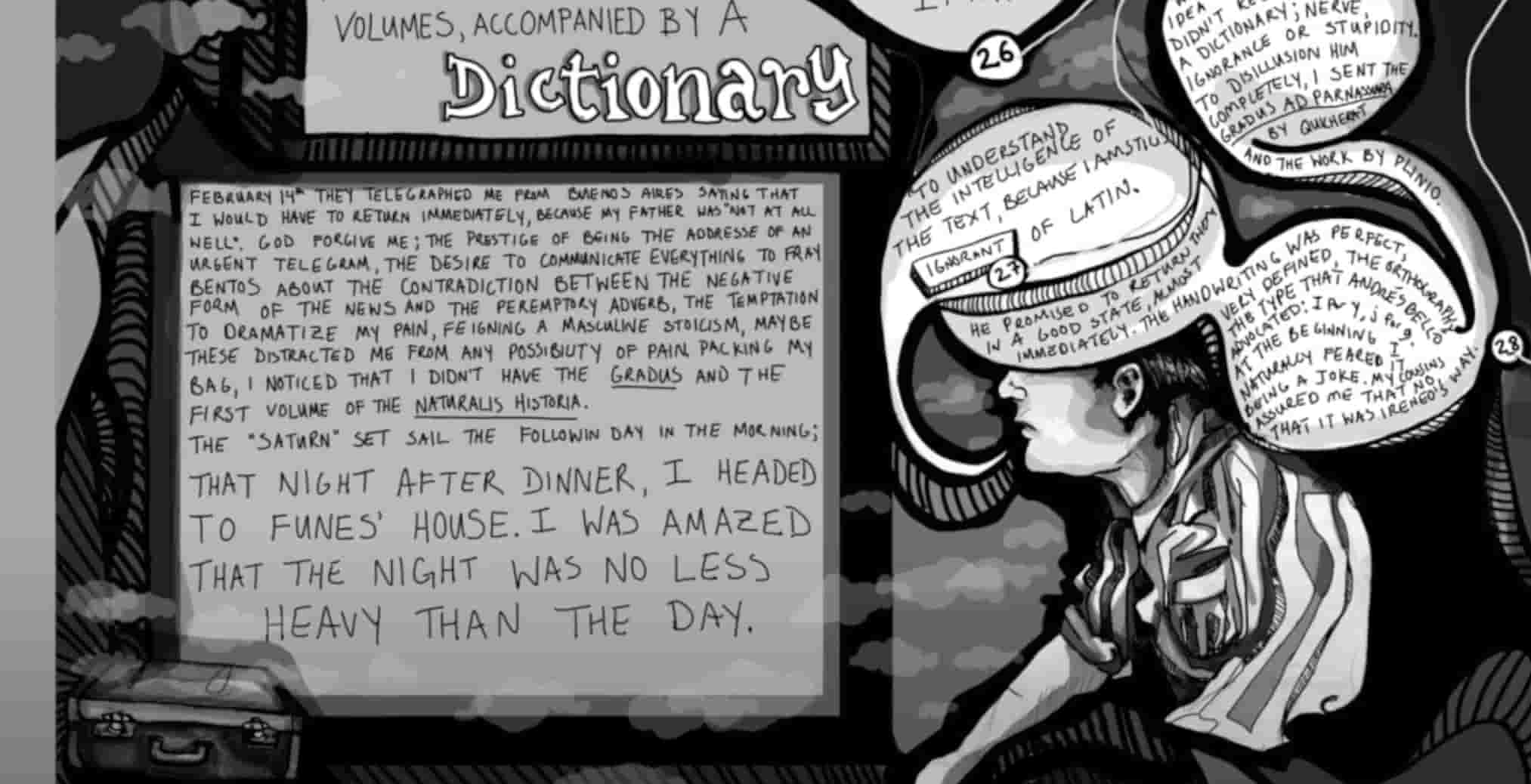
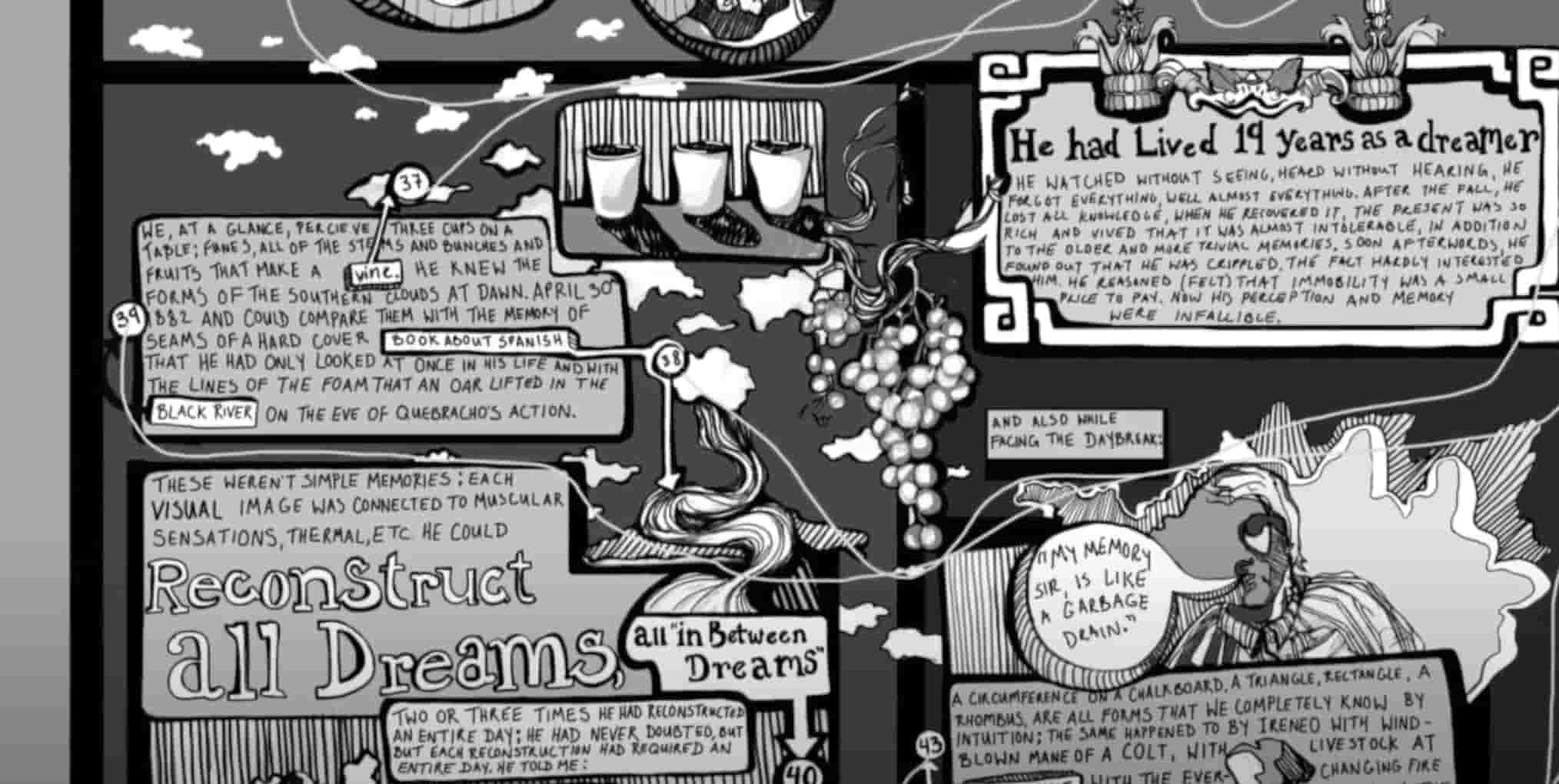
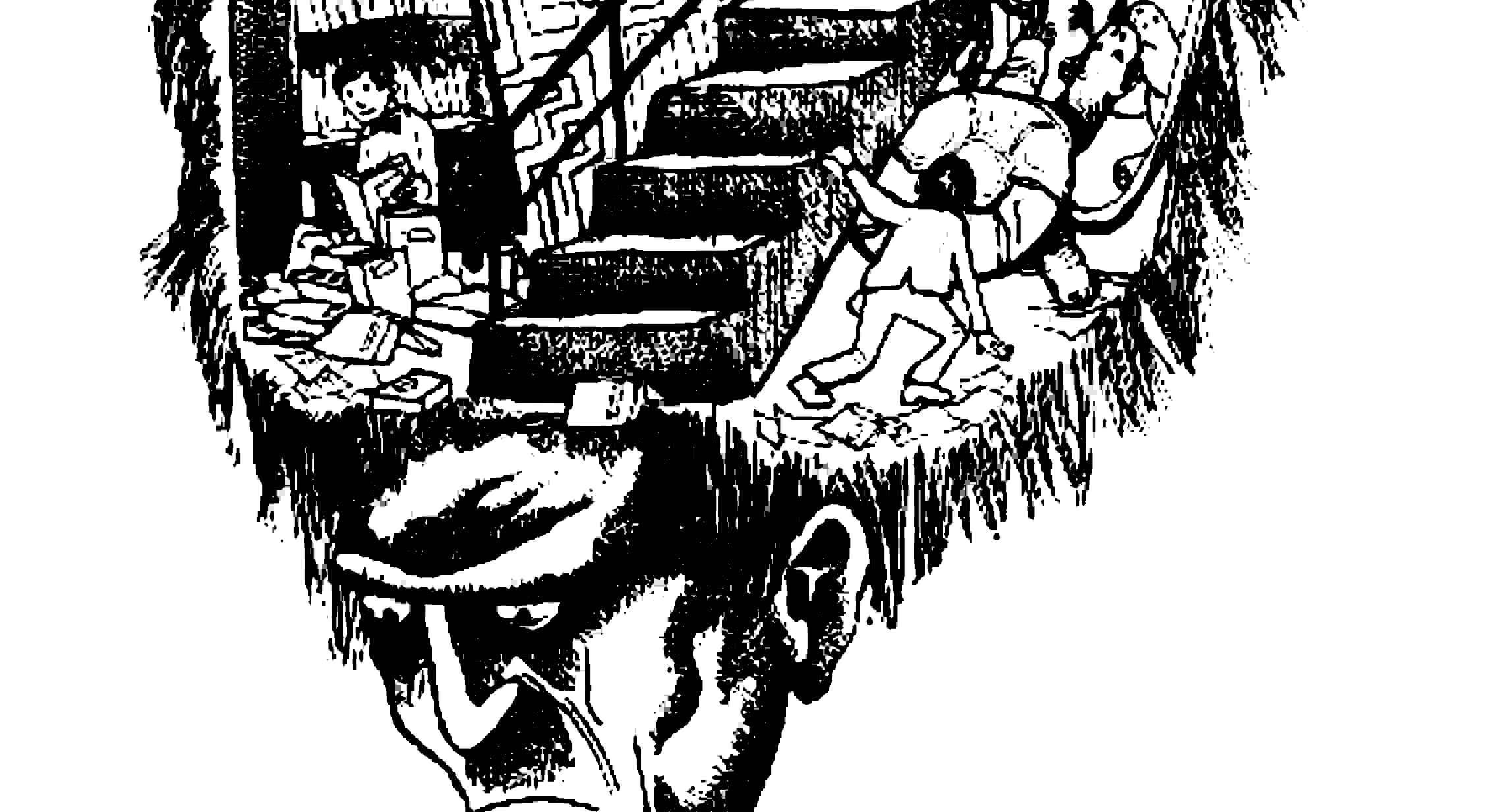
Funes The Memorious by Jorge Luis Borges
Funes The Memorious
I came across the book Funes the Memorious by Jorge Luis Borges, a fictional story about a man named Funes who gains the ability to remember absolutely everything after an accident. What was initially seen as a talent becomes a curse, as his perfect memory prevents him from thinking conceptually. Every experience, every thought he had, and every encounters are recorded in full detail, making up his memories.
I found this story intriguing because it imagines what it would be like if we never forgot and only remembered. It also made me think about the digital age, where information is inevitably recorded, often overlooking the importance of forgetting. Many technological innovations focus on enhancing our ability to remember by creating extensions, like computers and hard drives. But this raises a question: what makes these "memories" stored in computers meaningful to us?
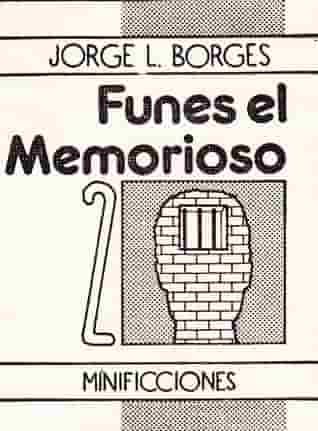
At this point, my research interest has shifted away from the topic of remembering in the digital age. However, I still find this book inspiring, as the author emphasizes the importance of forgetting and explores the paradox of memory—where remembering can hinder our ability to imagine or think, preventing us from filtering and making sense of our experiences.
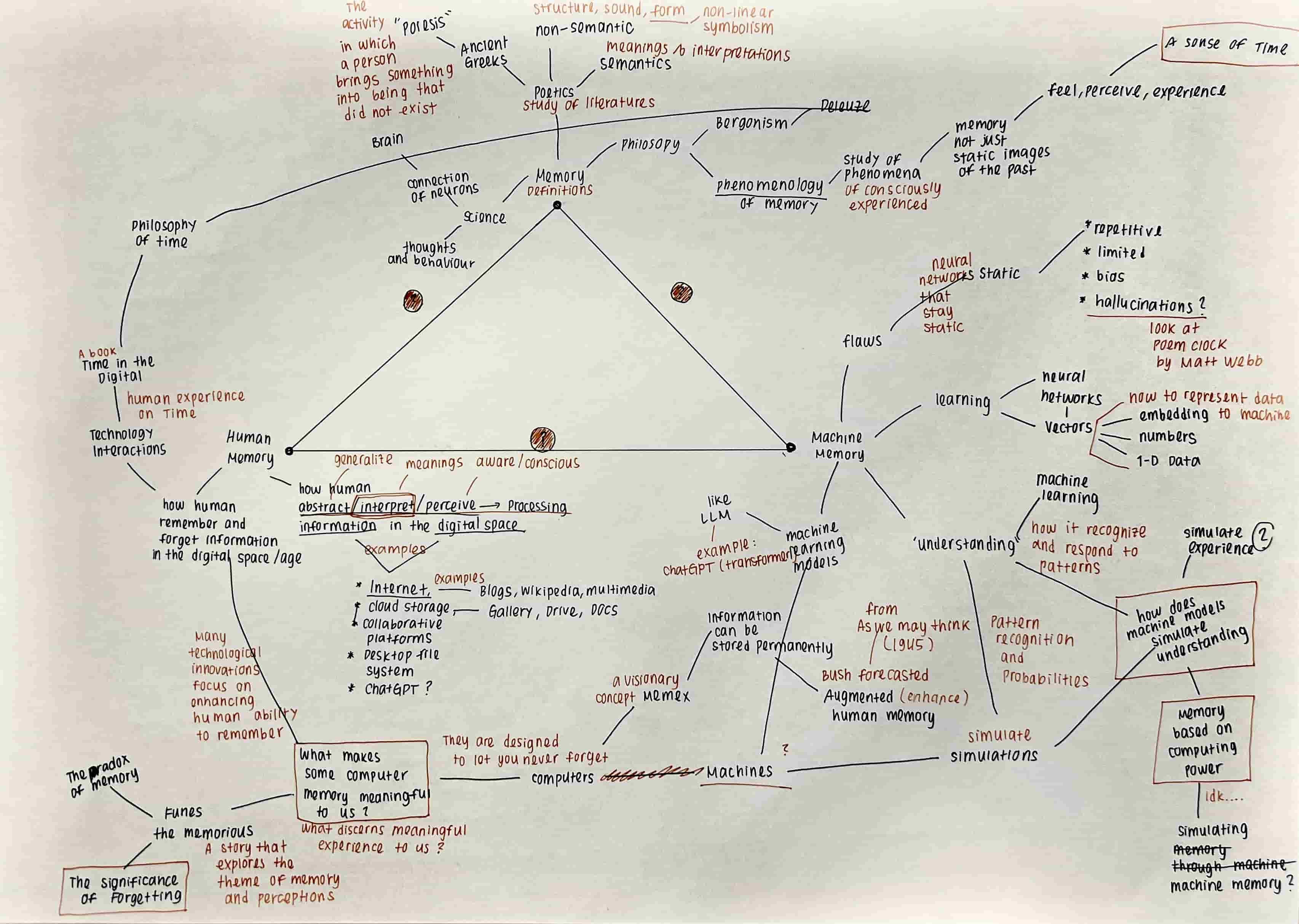
Concept Map In forming my research pillars, I created a concept map
Defining the 3 pillars
It felt like I had been walking in a loop, and I started to get tired of it—which was discouraging, because my research and project should have felt fun and enjoyable. I felt like I was doing a lot but achieving little at the same time, as I struggled to define my three research pillars.
The three pillars I proposed will explore, first, what memory is; second, what memory means for humans; and third, what memory means for machines.
In the first pillar, I plan to discuss the philosophical aspects of memory, connecting it to time and experience in the digital age, drawing from my previous readings. In the second pillar, I will examine what these experiences mean for humans in the digital age. In the third pillar, I will explore how the concept of memory has extended into the technical realm, particularly focusing on machine learning models.
Feedbacks & Insights
After discussing this with Andreas, I realized I needed to step back. He pointed out that my concept map had too many references to "memory," which made it difficult to connect everything at once. To help with this, he suggested I create an exercise to simplify and explain the types of experiences that occur between humans and the digital in terms of memory. It could be something analog, like writing, photography, or videos, to explore the experience of memory between humans and computers. Alternatively, it could be a generative piece, involving interactions.
I believe the reason I've struggled with writing my research proposal outline is that I've been clinging to my old literature, trying to fit it into the new direction. Similarly, I've had difficulty creating tasks because I've been trying to address all my pillars in a single task, which has led to overthinking and too many parameters to consider.
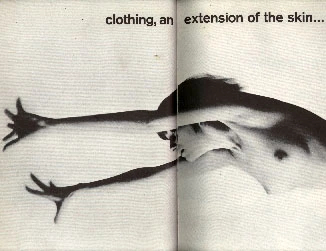
The Medium Is The Message by Marshall McLuhan
During the feedback, Andreas also mentioned Marshall McLuhan's media theory, "The Medium is the Message." This idea suggests that media are extensions of human senses—for example, the wheel is an extension of the leg, the book is an extension of the eye, clothes are an extension of the skin, and the computer is an extension of the brain. This made me question: are these extensions still a part of us, or are they something entirely separate?


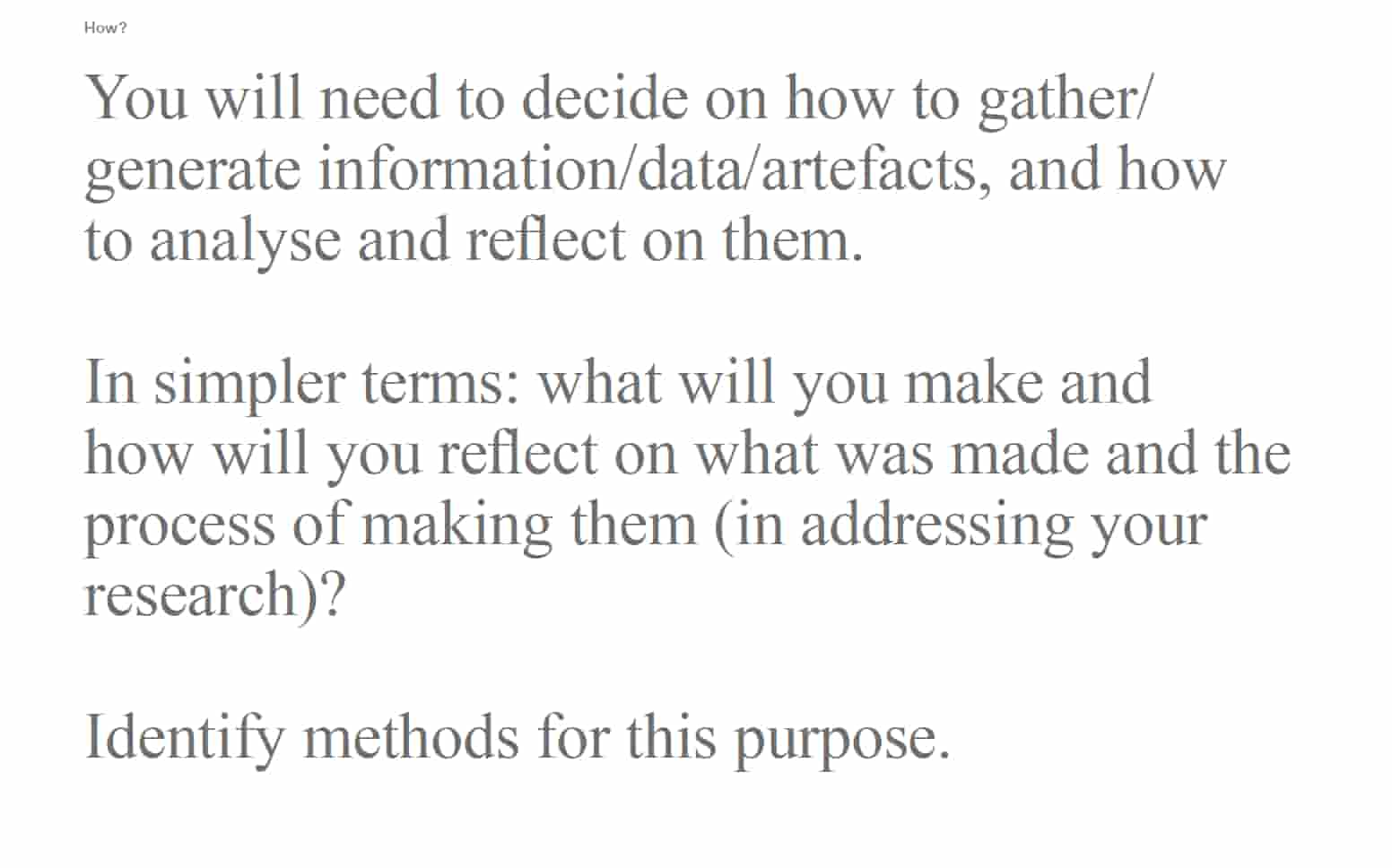
Gideon's Slides From research seminar
Research Seminar
Critical Journal
After attending Gideon's research seminar on the critical journal framework, I became more certain that I want to use this as my primary research approach. Although I haven't yet decided on a specific methodology, I am confident that my research aligns well with an exploratory approach—something akin to learning by making.
"How can I tell what I think till I see what I make and do?" (Frayling)
The one thing I was very confused about was how to decide on a system for my methodology. I wondered whether I should borrow an existing research methodology or develop my own. I wasn't sure how to determine if a chosen methodology would work for my research. While I understood that creating and analyzing are different processes, answering this question was challenging since I haven't had that much of tasks or experiments to begin with.
References
—-Frayling, C. Research in Art and Design. Royal College of Art Research Papers 1, 1 (1993), 1-5. https://static1.squarespace.com/static/5cc851dfb91449434d7fe52a/t/5d0251c754e8ee0001429ba1/1560433137577/Frayling_Research-in-Art-and-Design.pdf —-Jorge Luis Borges. Funes El Memorioso. Buenos Aires? Medrano 264, Charcas 3828 Capital ; Necochea (Argentina) (Av. 2 E/83 Y 85, Galeria San Martin, Local 18), Umbriel Libros, 1988. —-McLuhan, Marshall. “Understanding Media: The Extensions of Man.” American Quarterly, vol. 16, no. 4, 1964, pp. 1–18, web.mit.edu/allanmc/www/mcluhan.mediummessage.pdf, https://doi.org/10.2307/2711172.